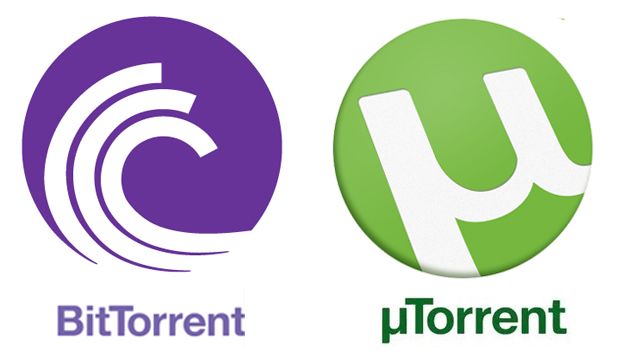Unlike the rest of the web where a file you need to download is hosted on a single server, in Torrenting, as is in any peer-to-peer network, there’s no single server hosting a file. Instead, the file is broken up into hundreds of little bits that are then ‘hosted’ in many different web sources at the same time. Before we explore how it all works, lets define a few terms.
Basic terms
Torrent– is a computer file which contains metadata holding various information. A torrent file often comes with the extension .torrent but it does not contain the actual contents to be distributed. Magnet links can also be thought to be Torrents. Swarm– In torrenting, a swarm is a set of dozens of linked users that have part of the hundreds of small files ‘bits’ made from splitting large files being distributed. Swarming is the process of splitting these large files into hundreds of smaller “bits” and then sharing those bits across a “swarm” of dozens of linked users . Tracker– A tracker can be thought of as a little database that has keeps tabs with the swarm, noting who has which part of the file, who is done downloading the file and such details. Torrent Client– As you might have guessed, you can’t exactly torrent using your favourite web browser. A torrent client is a piece of software that talks to a tracker. The tracker then scours the Internet for people to swarm with. Specifically, the client and tracker server will search for other users who have the same exact .torrent file as you. Popular clients include the likes of uTorrent, Bittorrent, Transmission, Vuze among many many others. Peer– A peer is basically your ‘swarm-mate’. Anyone that’s downloading the same torrent as you. Any of the hundreds of linked users is a peer. Seeder– As soon as you’re done downloading a file, you become a “seeder”. You therefore continue to upload to other peers downloading the same file. As such, it’s generally good practice to seed at least as much as you download. Leecher- If you disable uploading and you only download, you’re referred to as a “leecher,”. Apart from the ethical misgivings of doing this, some torrenting platforms can ban you from the tracker, their form of purnishment.
How does a torrent work?
In the most basic of scenarios, the first step in torrenting would be installing a client on your computer. Next would be getting a torrent file for the file you wish to download. The torrent file acts as the key to initiating downloading of the actual content. When someone is interested in receiving a shared file (i.e. books, music, documents, etc.), they must first obtain the corresponding torrent file – by either downloading the .torrent file directly or by using a magnet link. This is where you will need the Torrent software to open this file/link. Once the BitTorrent software scans the torrent file/link, it’ll then need to find the locations of seeders which are sharing the corresponding file. To do so, it will attempt to connect to a list of defined trackers (from the torrent file metadata) and attempt a direct connection. If it’s successful, the appropriate content will then begin transferring. Very important to note is that a torrent download is done in fragments. This means you’re actually downloading bits of pieces of the full content which the torrent client later reassembled when all of the pieces are received.
Torrent clients
As mentioned, you can’t download torrents the way you would download any other file from the web. For that you will need a specialized piece of software, a torrent downloader/ a torrent client. These are probably your safest bets.
Torrent uses
The decentralised nature of Torrent offers unique opportunities that have been used before by various entities to much success. Having a file on a single server and having many people try to access it all at once is bound to causes bottlenecks. Torrent offers a unique solution by having hundreds of ‘mini-servers’ from which people can download the said files. The benefits for this is compounded when the files in question weigh several GBs. Clearly, there aren’t that many legal ways to use BitTorrent. The illegal ways however, thats where Torrent thrives. While P2P file sharing technology itself is completely legal, many of the files traded through P2P are indeed copyrighted. The threat of lawsuits and prosecution is very real. Uploading these copyrighted files puts you at risk of a civil lawsuit in the USA, Canada, Australia, and the UK, at a minimum.

